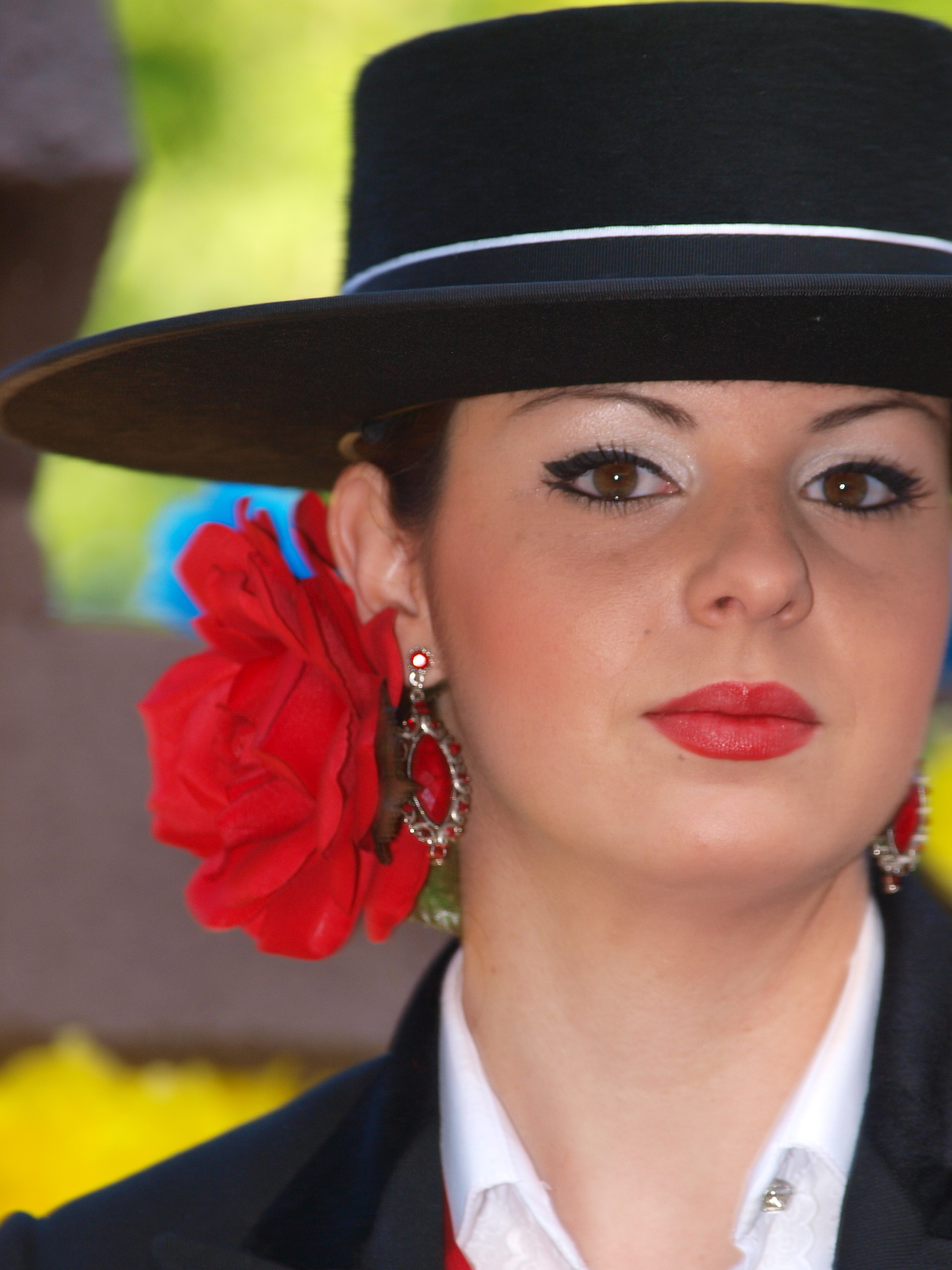What is bokeh?
Bokeh, the enchanting quality of the out-of-focus areas in an image, adds an artistic touch to your photographs. One key factor that contributes to the presence of bokeh is the aperture of the lens.
Lenses with wider apertures, indicated by lower f-stop numbers, allow more light to pass through and create a shallower depth of field, resulting in increased bokeh.
However, bokeh is not solely determined by aperture. The size of the camera's image sensor plays a role as well. Smaller sensors, like those found in micro 4/3 cameras, may produce less bokeh compared to larger sensors in full-frame cameras. This is because the lens needs to project a wider picture circle onto the screen to cover the smaller sensor, which can lead to a shallower depth of field and more bokeh with larger sensors.
It's important to note that bokeh is influenced by various factors, not just sensor size. Focal length, aperture, and the distance between the camera and the subject all contribute to the bokeh effect.
While full-frame cameras generally offer more bokeh due to their larger sensors, it's not an absolute rule. Depending on the specific lens and settings used, both micro 4/3 and full-frame cameras can capture stunning bokeh in their own right.
Now, Can you tell which photo was taken with a M4/3 and the other with a Full frame camera?




